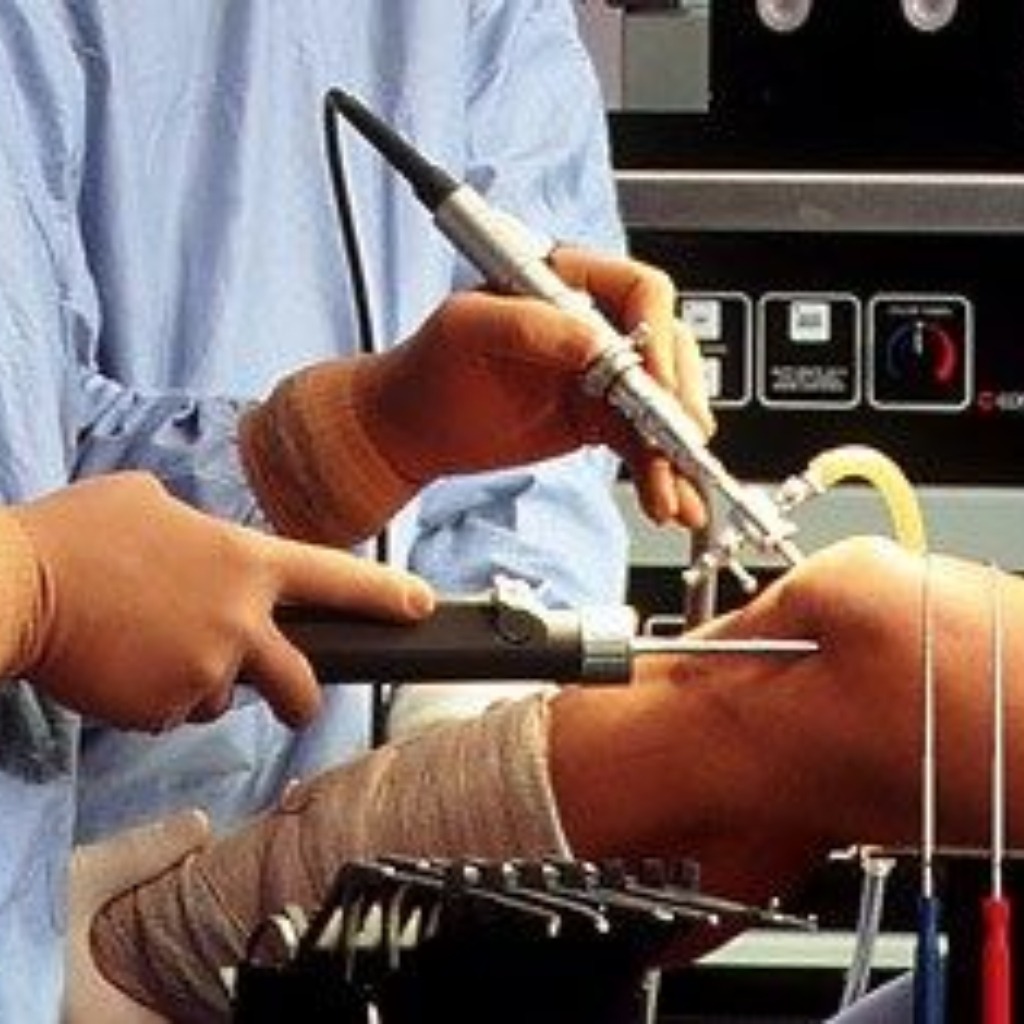
Arthropedic Surgery
Exploring Arthroscopic Surgery
Arthroscopic surgery is a minimally invasive surgical technique used to diagnose and treat joint disorders and injuries. It involves the use of a small, flexible instrument called an arthroscope, which is inserted into the joint through tiny incisions. This allows surgeons to visualize the internal structures of the joint in real-time and perform precise surgical procedures with minimal disruption to surrounding tissues. Arthroscopic surgery offers several advantages over traditional open surgery, including faster recovery times, less postoperative pain, and reduced risk of complications. Let’s delve into the world of arthroscopic surgery and its significance in orthopedic care.
Understanding Arthroscopic Surgery
Arthroscopic surgery is commonly used to treat a variety of joint conditions, including:
- Meniscal tears: Tears in the cartilage pads (menisci) of the knee joint, which can cause pain, swelling, and mechanical symptoms such as locking or catching.
- ACL and PCL injuries: Injuries to the anterior cruciate ligament (ACL) or posterior cruciate ligament (PCL) of the knee, which can result in instability and impaired function of the knee joint.
- Rotator cuff tears: Tears in the tendons of the rotator cuff muscles in the shoulder, which can cause pain, weakness, and limited range of motion.
- Labral tears: Tears in the cartilage rim (labrum) of the hip or shoulder joint, which can lead to pain, instability, and dysfunction.
- Cartilage injuries: Damage to the articular cartilage lining the surfaces of the joint, which can result in pain, swelling, and reduced joint function.
The Arthroscopic Procedure
During arthroscopic surgery, the surgeon makes small incisions near the joint and inserts the arthroscope, which contains a miniature camera and lighting system. The camera transmits high-definition images of the joint to a monitor, allowing the surgeon to visualize the internal structures in detail. Surgical instruments are then inserted through additional small incisions to perform the necessary repairs or procedures. These may include:
- Debridement: Removal of damaged or degenerated tissue, such as torn cartilage, loose bodies, or inflamed synovium.
- Repair: Suturing or anchoring torn ligaments, tendons, or cartilage back into place to restore stability and function.
- Resection: Trimming or shaving excess tissue, such as bone spurs or overgrown cartilage, to relieve impingement and improve joint motion.
- Reconstruction: Rebuilding or reconstructing damaged structures, such as ligaments or labral tissue, using grafts or synthetic materials.
Recovery and Rehabilitation
One of the key benefits of arthroscopic surgery is the relatively quick recovery time compared to traditional open surgery. Most patients can return home the same day or within a day of the procedure and begin rehabilitation shortly thereafter. Physical therapy plays a crucial role in the recovery process, helping patients regain strength, flexibility, and function in the treated joint. The duration and intensity of rehabilitation vary depending on the specific procedure and individual patient factors.
Advantages of Arthroscopic Surgery
- Minimally Invasive: Arthroscopic surgery involves smaller incisions and less disruption to surrounding tissues compared to traditional open surgery, resulting in reduced postoperative pain, scarring, and recovery time.
- Precise and Direct Visualization: The arthroscope provides surgeons with a magnified, high-definition view of the joint’s internal structures, allowing for precise diagnosis and targeted treatment of joint disorders and injuries.
- Faster Recovery: Patients undergoing arthroscopic surgery typically experience faster recovery times and earlier return to normal activities compared to open surgery, enabling them to resume daily activities, work, and sports sooner.
Conclusion
In summary, arthroscopic surgery is a valuable tool in the field of orthopedic surgery, allowing for minimally invasive diagnosis and treatment of a wide range of joint disorders and injuries. By providing surgeons with direct visualization of the joint’s internal structures and precise instrumentation for surgical intervention, arthroscopic surgery offers numerous benefits in terms of reduced pain, faster recovery, and improved outcomes for patients. As technology continues to advance, arthroscopic techniques are likely to play an increasingly prominent role in the management of joint conditions, further enhancing the quality of care and outcomes for individuals with musculoskeletal disorders.


